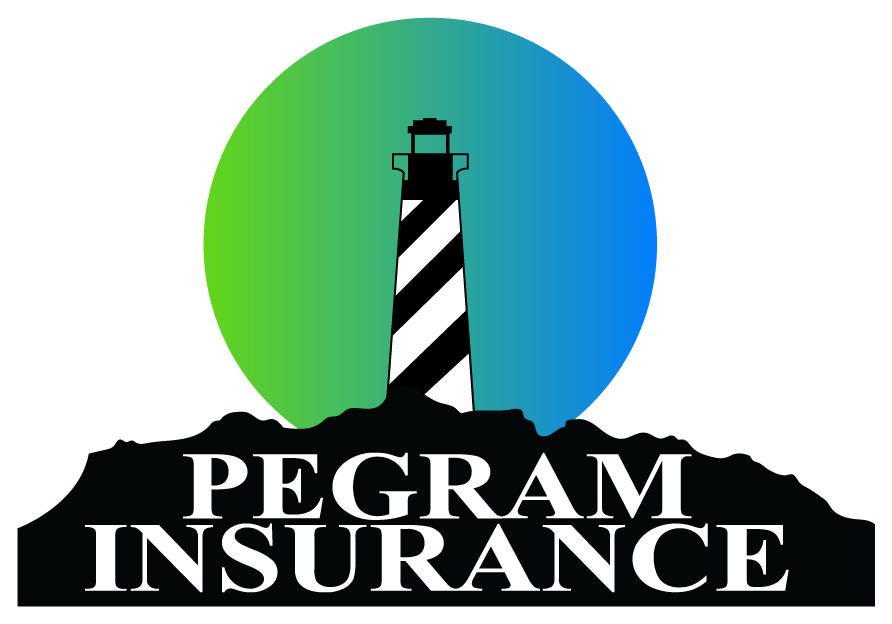
Most people perceive life insurance as a financial safety net for their loved ones after they pass away. While this is undoubtedly a significant aspect of life insurance, it’s not the whole picture. Many insurance policies offer what are known as “living benefits,” which allow you to tap into your life insurance while you’re still alive. In this article, we’ll explore the ways you can use your life insurance during your lifetime.
WHAT ARE LIVING BENEFITS?
Living benefits are features included in certain life insurance policies that allow the policyholder to access a portion of the death benefit under specific circumstances while they’re still living. These circumstances can include being diagnosed with a chronic or terminal illness or needing long-term care.
TYPES OF LIVING BENEFITS
There are several types of living benefits you can avail of, depending on the specifics of your life insurance policy.
ACCELERATED DEATH BENEFITS
Accelerated death benefits (ADB) allow you to receive a portion of your death benefit early if you are diagnosed with a terminal illness with a limited life expectancy, typically 12 months or less. This benefit can be used to cover medical expenses, pay for care, or simply to enjoy your remaining time without financial stress.
CHRONIC ILLNESS RIDERS
If you’re diagnosed with a chronic illness that significantly limits your ability to perform everyday activities, a chronic illness rider lets you access your death benefit while still alive. This can help cover the costs of treatment and long-term care.
LONG-TERM CARE RIDERS
Similar to the chronic illness rider, the long-term care rider allows you to use your death benefit to pay for long-term care services. This could include nursing home care, home health care, or assisted living expenses.
USING CASH VALUE IN LIFE INSURANCE
If your life insurance is a permanent policy like whole or universal life insurance, it likely has a cash value component. This is a savings account that grows over time and can be accessed during your lifetime.
WITHDRAWALS
You can withdraw a portion of your cash value, which won’t need to be paid back. However, it will reduce your death benefit.
LOANS
You can take out a loan against the cash value of your policy. Any outstanding loan balance (loan amount plus interest) will be deducted from the death benefit when the policyholder dies.
SURRENDER
You can surrender the policy entirely and receive the cash value, minus any surrender charges. However, this will terminate your policy, and you will no longer have life insurance coverage.
LIFE SETTLEMENT
A life settlement involves selling your life insurance policy to a third-party investor for more than its cash value but less than its net death benefit. While this option can provide a significant payout, it’s crucial to consider the potential implications, including tax consequences and the loss of your death benefit.
In conclusion, life insurance can serve as more than just a death benefit for your beneficiaries. Living benefits and cash value components can provide financial support during challenging times or even serve as a financial resource during your lifetime. It’s crucial to understand these aspects of your life insurance policy to fully leverage its benefits. For more information on life insurance and how to maximize its benefits, feel free to visit our homepage or contact us.
Remember, your life insurance policy is a dynamic tool – don’t hesitate to use it when you need it the most.
Contact Us!
For quotes or questions, fill out the form below and one of our agents will be in touch shortly!




